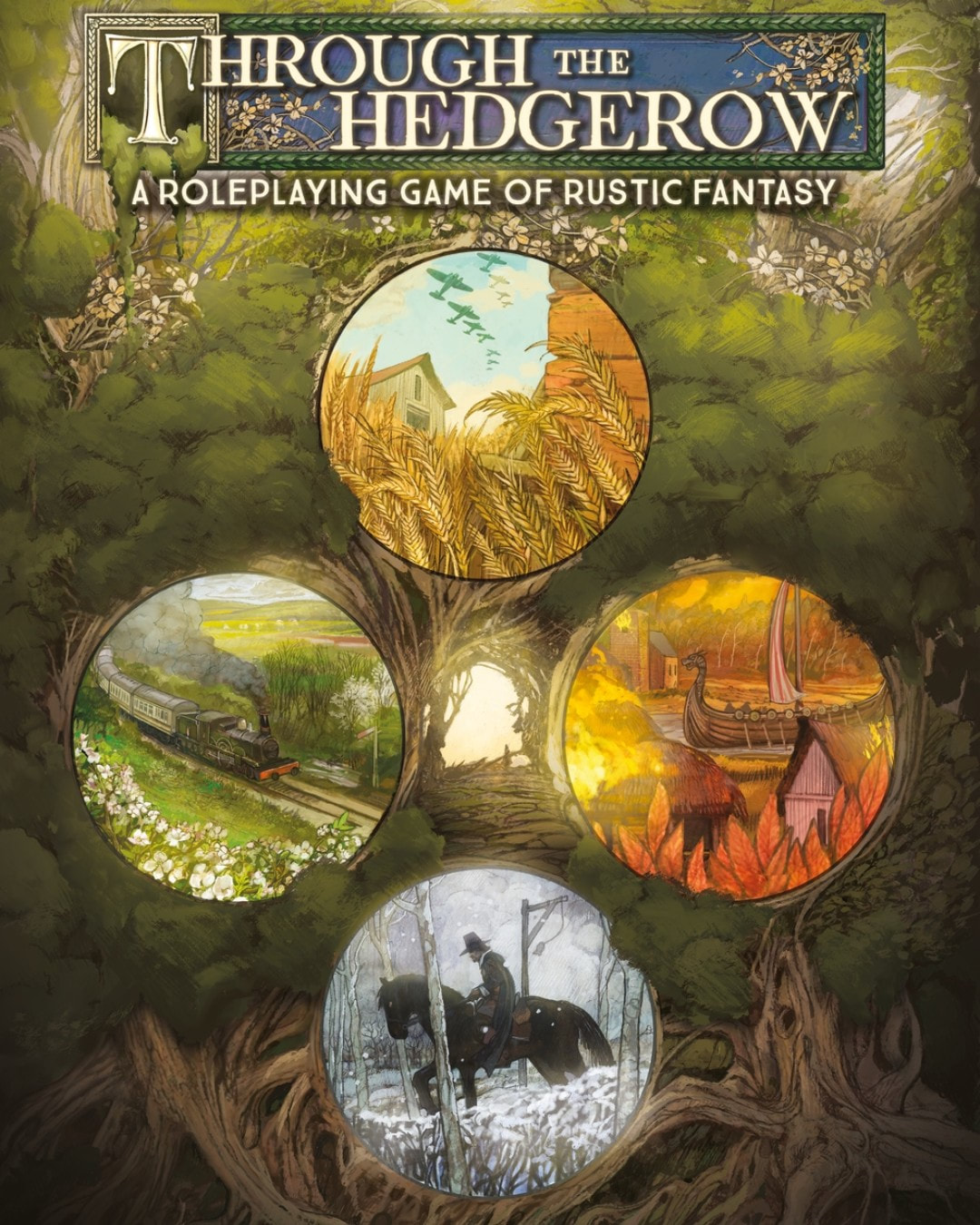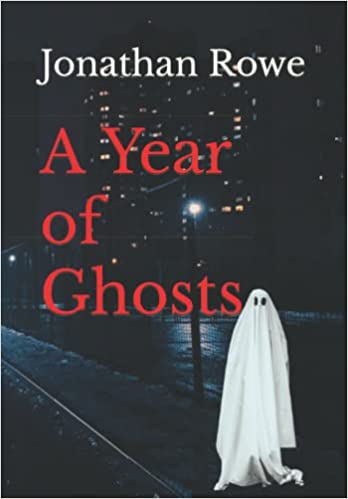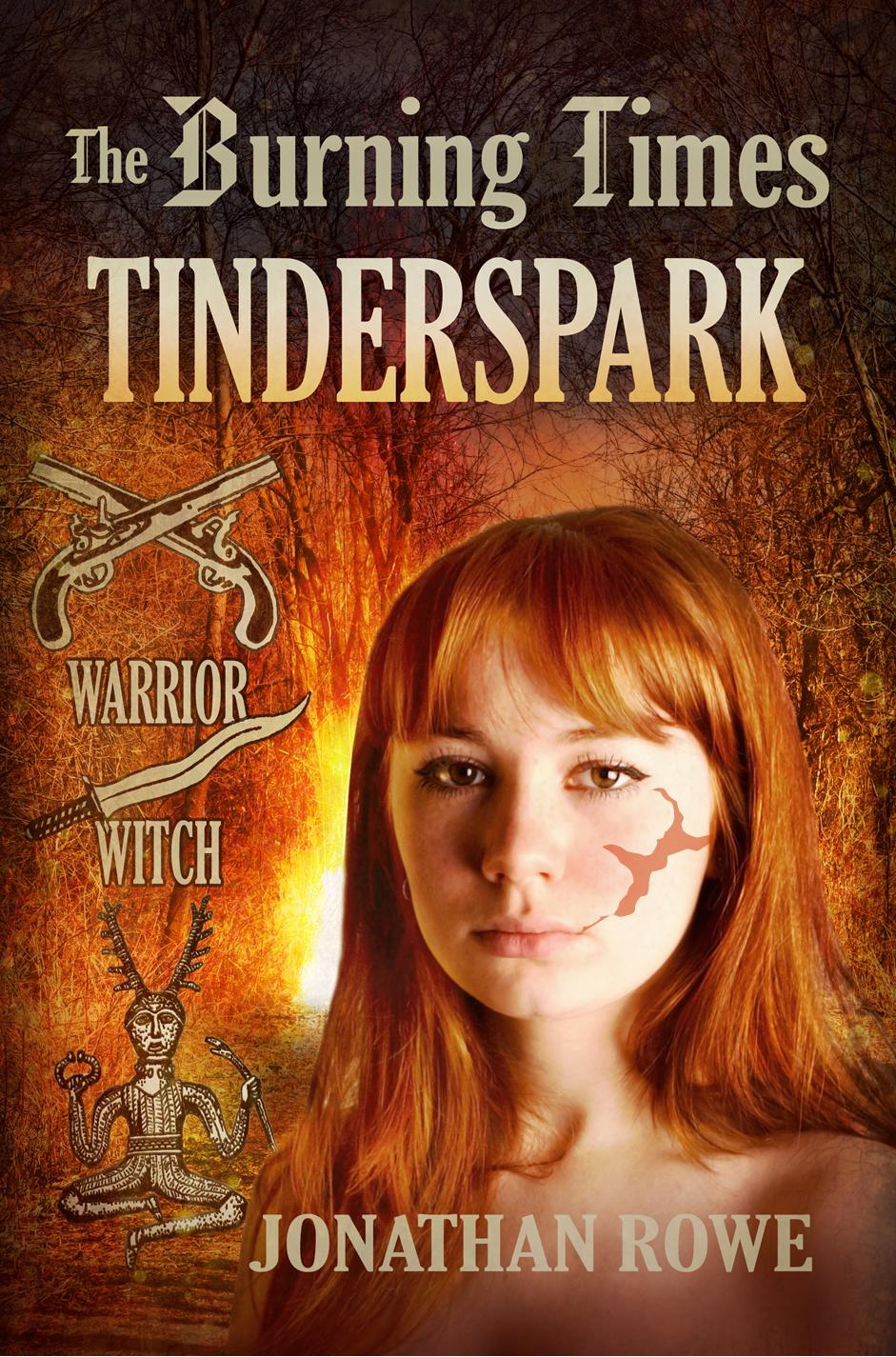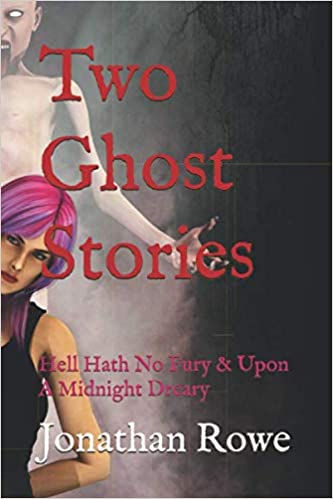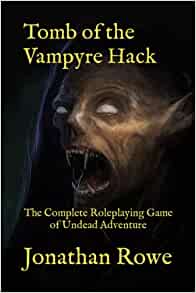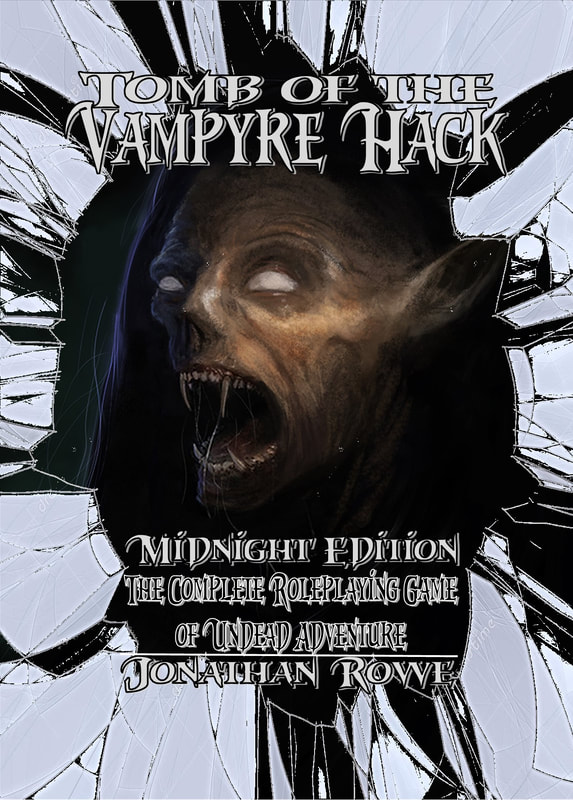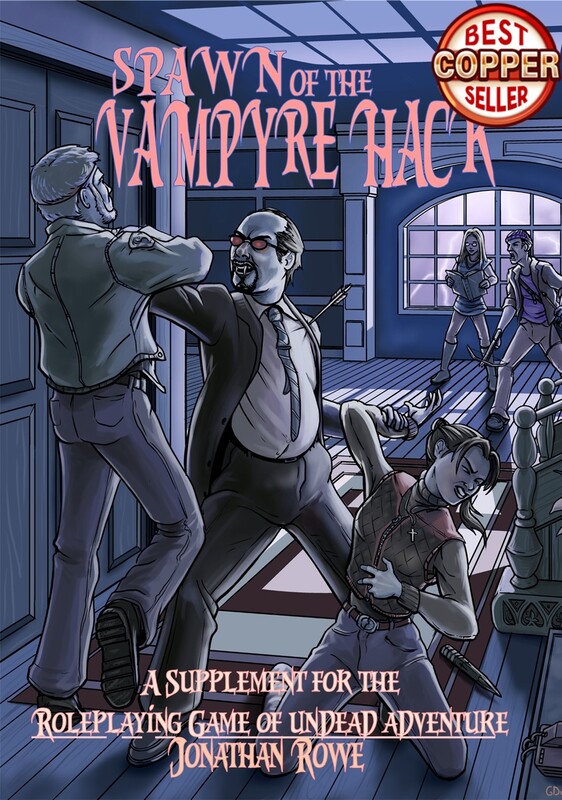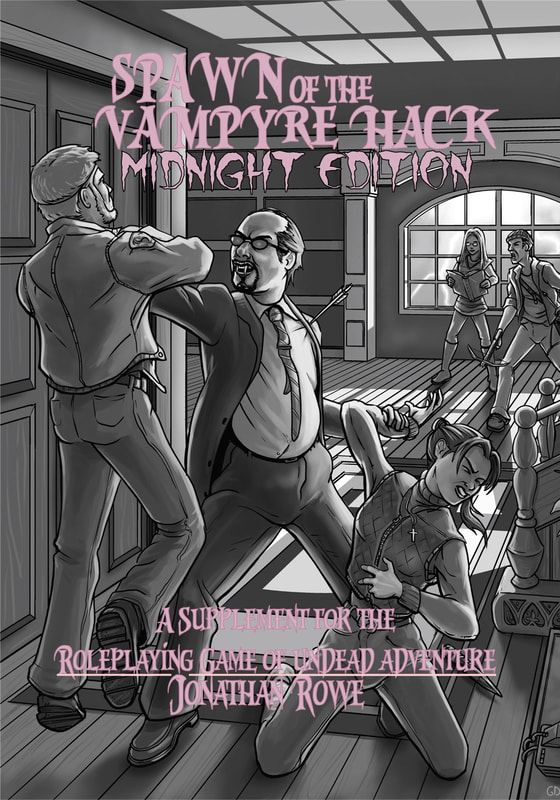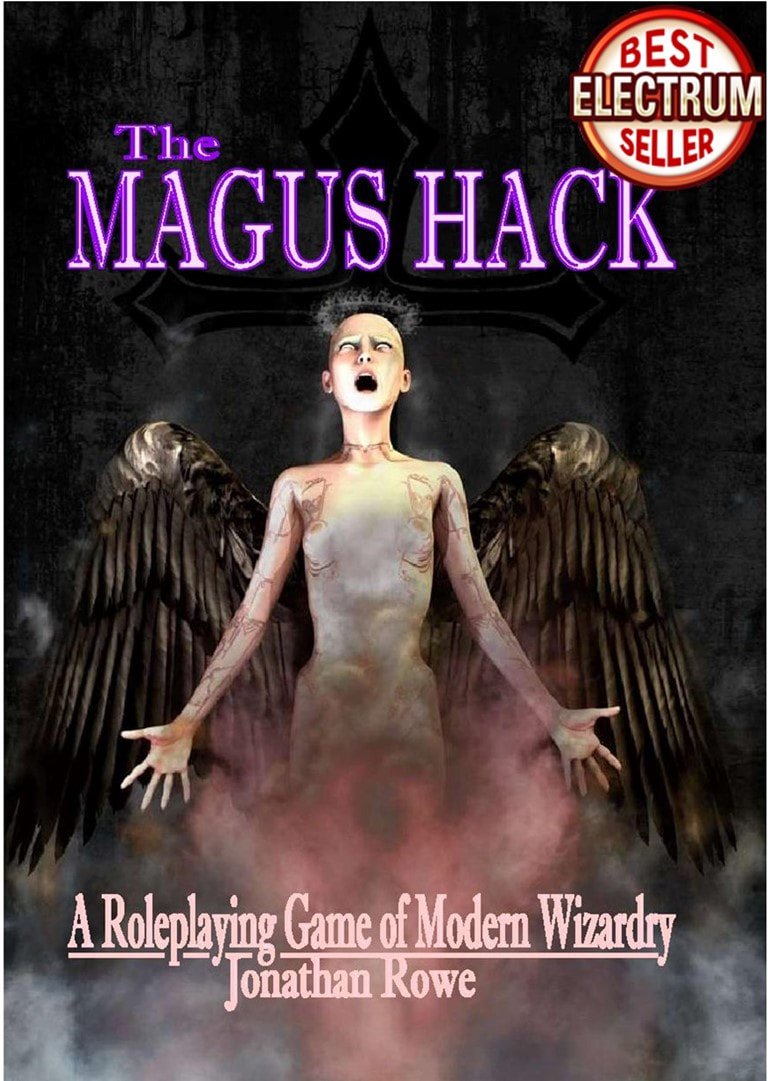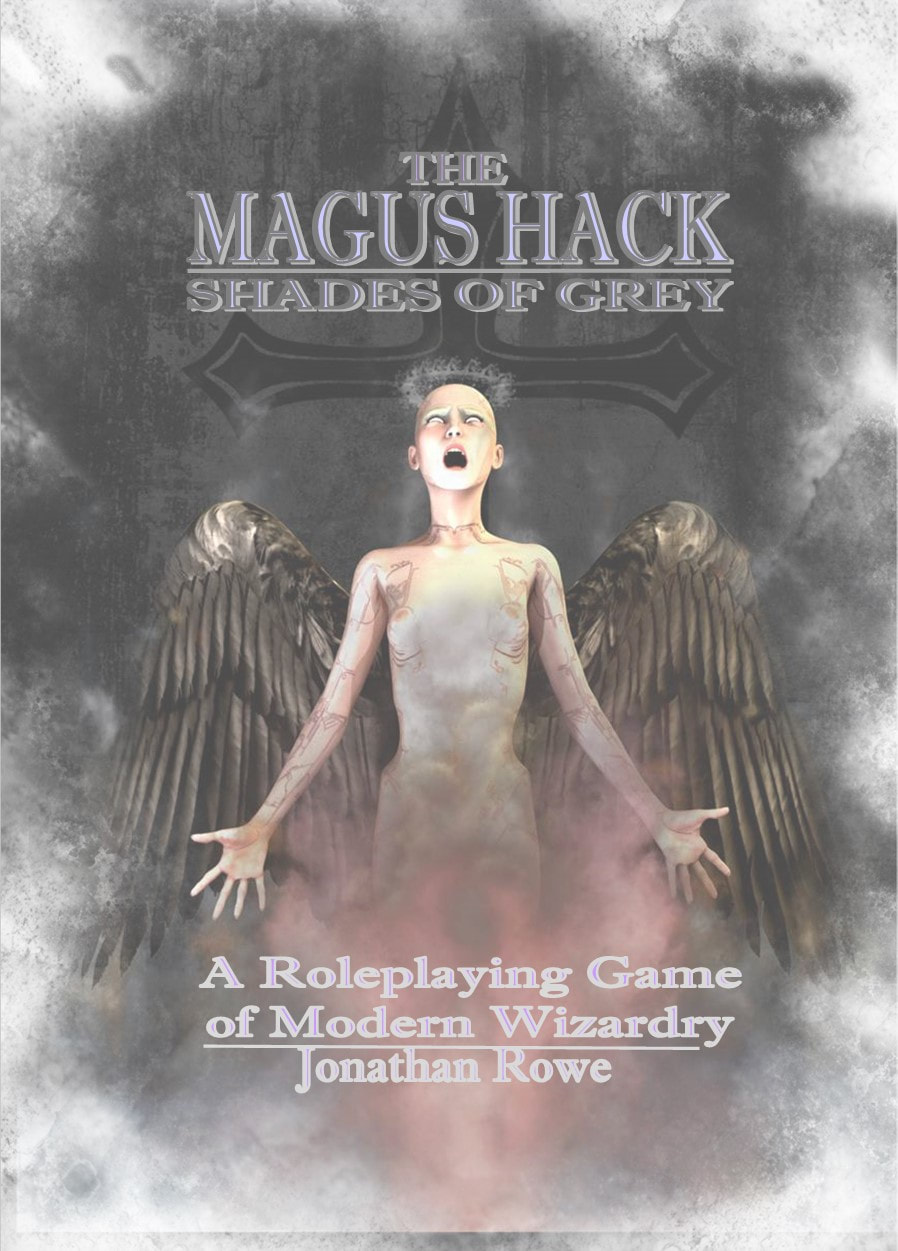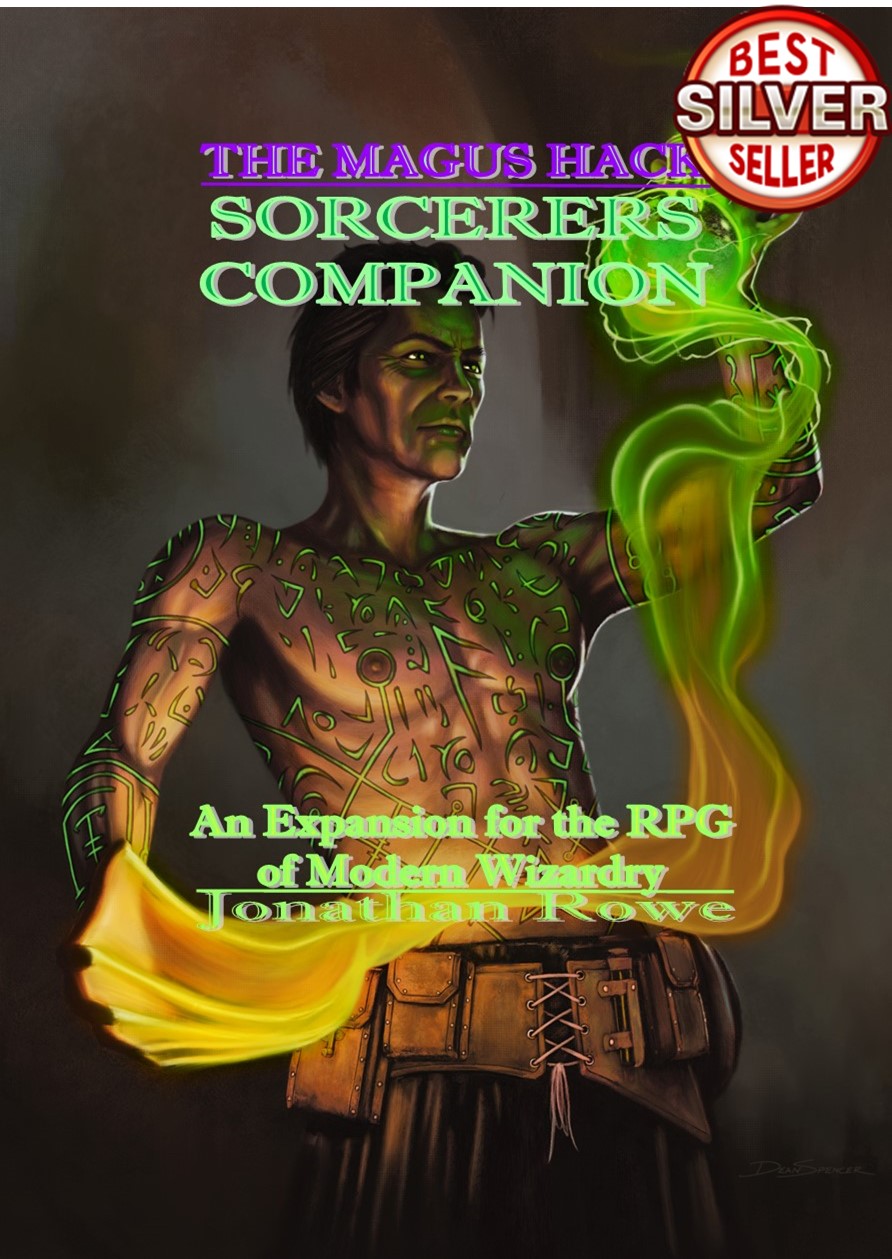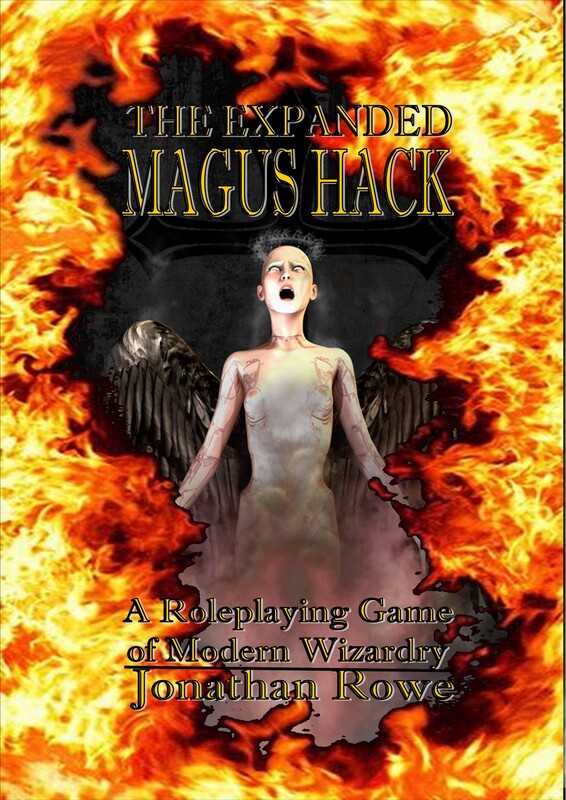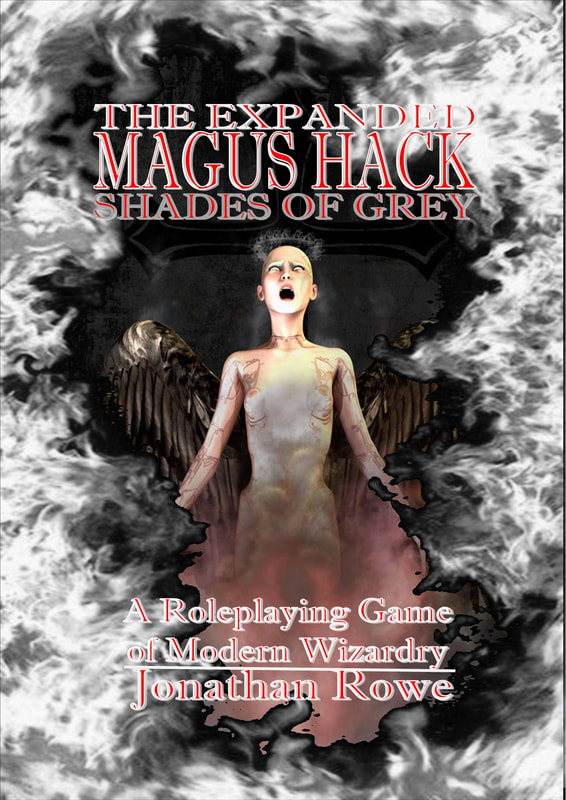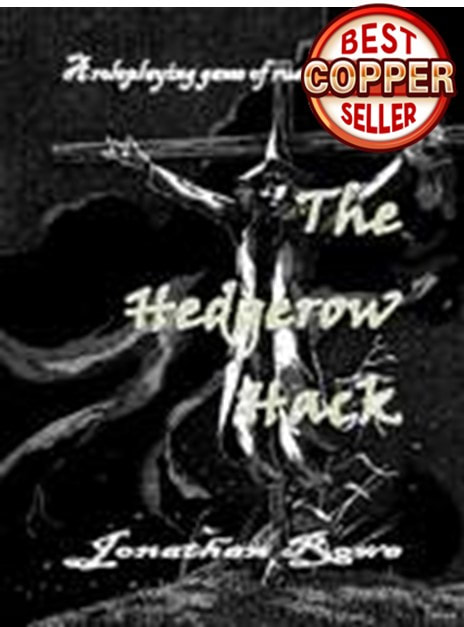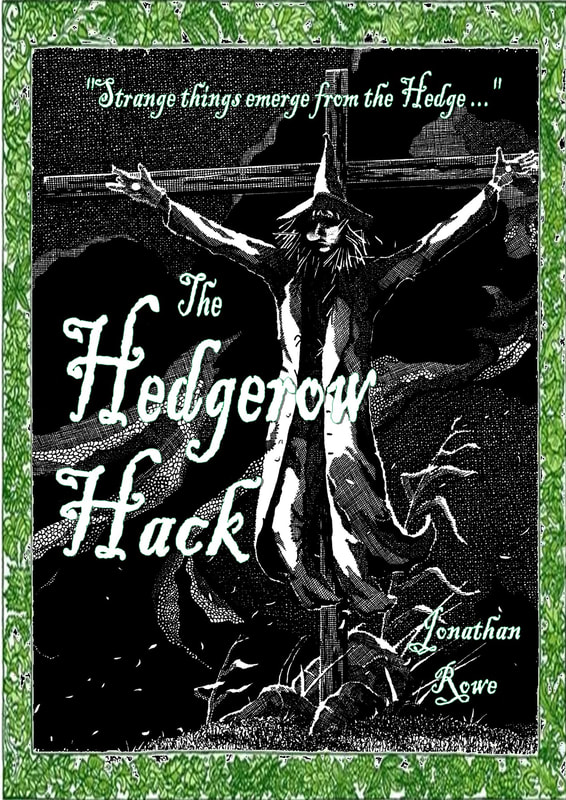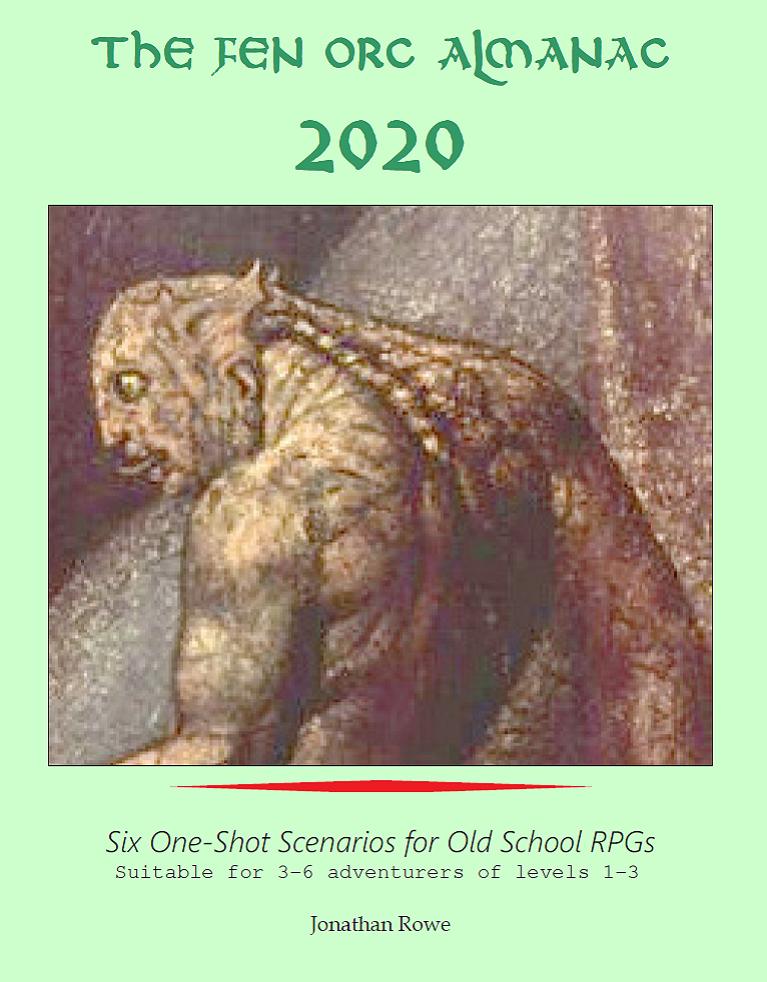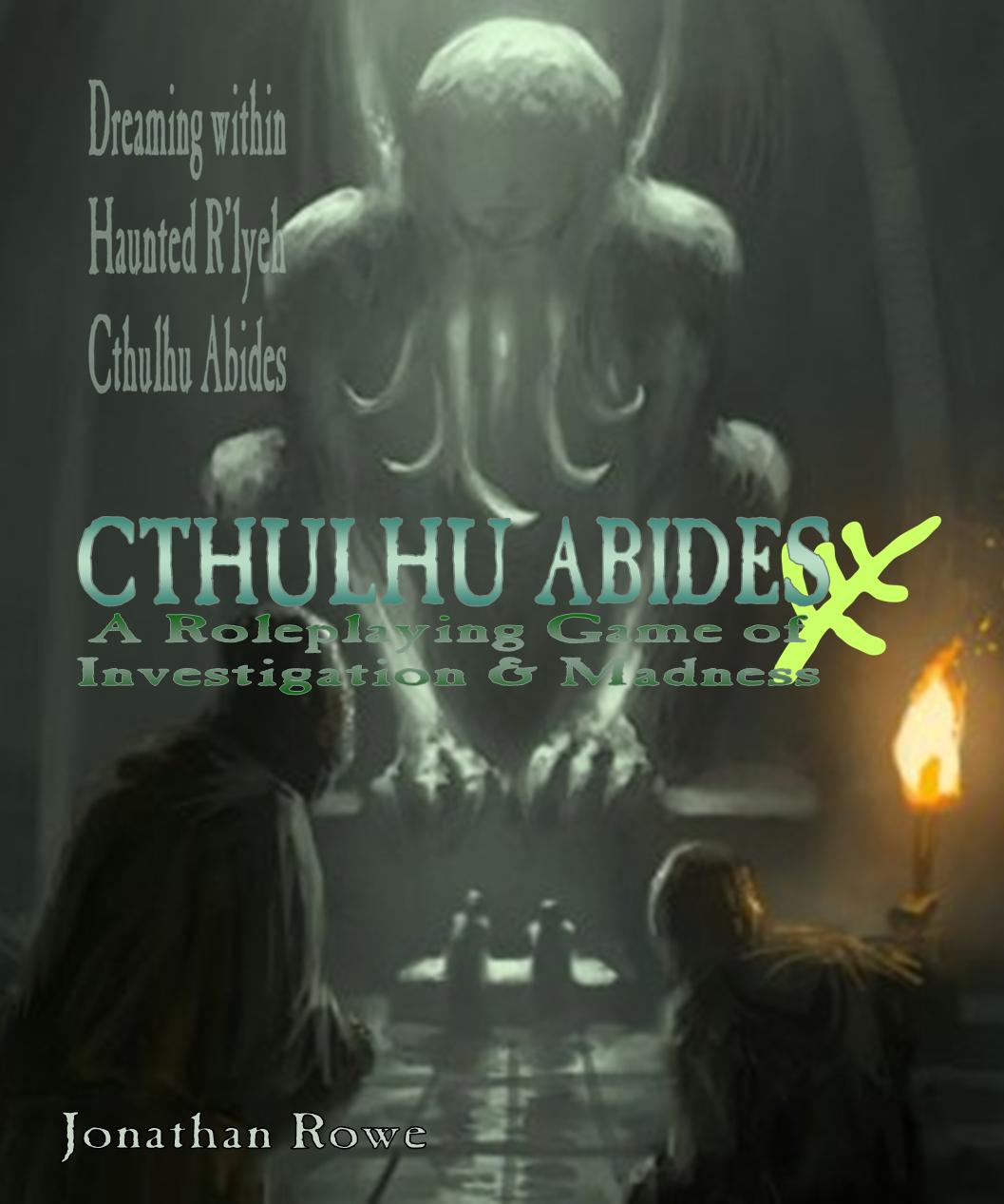|
It was October half term in 1978 and I was 11 when my best friend Simon introduced me to the two-tone record label and Dungeons & Dragons. I never really got into ska music but the other thing had a mighty effect on me. After that fateful weekend, nothing would do but my parents must buy me my own Dungeons & Dragons set for Christmas. What I unpacked with feverish fingers was J. Eric Holmes' D&D Basic Set, AKA the 'Blue Box'. And so it was that my baffled family were forced to create characters and explore the Sample Dungeon therein, the tunnels beneath the ruined Tower of Zenopus. I've written about the classic Sample Dungeon on a previous blog and reviewed Zach Howard's authoritative adaptation for 5th ed. D&D as well. Now my daughter Emily is refereeing the 'Zenopus Dungeon' on her own friends. The time is right to realise a dream that is 40 years in the making... to design the second level to the fabled Holmes Sample Dungeon! It's pay-nothing on drivethrurpg. The title alludes to Eric Holmes' introduction to his dungeon: "At the Green Dragon Inn, the players of the game gather their characters for an assault on the fabulous passages beneath the ruined Wizard's tower" Of course, Holmes intends exactly this response from readers and fans: go design your own levels to this dungeon! By the time the adventurers have worked their way through this, the Dungeon Master will probably have lots of ideas of his or her own to try out. Design your own dungeon or dig new passages and levels in this one. What lies in the (undiscovered) deeper levels where Zenopus met his doom? The artwork to this set, by David C Sutherland III, probably defines my childhood more than any other artifact except this tattered old copy of The Mighty World of Marvel from 1974! So I'm offering this dungeon design up, partly as a gift to my daughter, but in no less part to my 11-year-old self, who had (I now know) more wisdom and depth to his thought and feeling than the 15, 25 and indeed 45 year old versions that followed. Analysing Homes' craftsmanship I've seen a few very careless reviews of the Holmes Basic Set that dismiss the sample dungeon with an indulgent chuckle: it's a 'zoo dungeon' with 'no rhyme or reason to it' and has its iconic status by virtue of its placement in this best-selling set rather than its own virtues. This is, I believe, deeply mistaken. Let's look at what Holmes does. Holmes' introduction to the dungeon links it to the mysterious fate of the wizard Zenopus, who created a Tower overlooking Portown, near to the sea, neighbouring the graveyard and above the ruins of an older, pre-human city. This triptych - the pre-human city, the graveyard, the sea - rings through the dungeon like the tolling of a bell. The sea hints at the wider geography of Holmes' world, where rascally pirates kidnap beautiful noblewomen for ransom and hide them in sea caves where they are menaced by giant crabs; this is the world of adventure romance of H. Rider Haggard and Edgar Rice Burroughs. The pre-human city alludes the fiction of Robert E Howard and H.P. Lovecraft and the like, with their horror-inflected influence on fantasy. And the graveyard speaks for itself: horror served up straight, with a tincture of existential mystery: the "undiscover'd country" as Hamlet says, "from whose bourn no traveler returns." His dungeon bears out this promise. To the west, the pirates and smugglers hold Lemunda the Lovely prisoner. To the south, a mad Thaumaturgist holds prisoners enchanted, masks speak, doors lock and a tower is guarded by a giant serpent - straight out of a Conan story. To the north, the criss-crossing corridors lead explorers into crypts haunted by ghouls, occupy them in breaking into crumbling sarcophagi in search of wealth, magic and curses and all the while fighting off the ravening giant rats that erupt from their tunnels. There is one entrance but multiple exists. Explorers can find themselves rowing out of the caves into "the pirate-infested waters of the Northern Sea", digging their way through the maggoty earth into the cemetery or emerging, blinking, into the workaday streets of Portown from the Thaumaturgist's Tower. Then there are the endless Rat Tunnels, disappearing into "the catacombs of the city." Delta's D&D Hotspot has produced an excellent mathematical analysis of the Sample Dungeon: 23 rooms, with 8 empty (35%); a total of 4650gp to be garnered, including 5 magical items, and, if every monster is defeated, 940xp to be earned in battle. This is nice but not fulsome. If four 1st level characters cleared out the dungeon, only the Thieves and perhaps the Clerics would reach 2nd level. However, if we compare this to Gary Gygax's advice on dungeon design, Holmes' dungeon looks quite generous: As a guideline, it should take a group of players from 6 to 12 adventures before any of their characters are able to gain sufficient experience for successive levels The Holmes Sample Dungeon shouldn't take more than 3 or 4 raids to complete. Holmes' original manuscript seems to be a bit different, with a mere 413xp from killing monsters but a whopping 17,555gp in treasure - enough to promote most 1st level characters all the way to 3rd level. The version we use is a synergy of Holmes' creativity and Gary Gygax editing. What's on the Second Level? (and SPOILERS) Here's my map for the second level. I'd love to claim its shaky, hand-drawn quality is an homage to Holmes' original, but in truth its a concession to necessity: I couldn't draw a slick professional dungeon map if I wanted to! Nonetheless, it looks nice and 1977-ish. Perhaps a bit lacking in Holmsian long corridors going nowhere, but I wanted it to fit on a page. I've taken the dungeon level up to 40 rooms, of which 13 are empty, preserving Holmsian proportions, but increasing the overall size by just under 75%. There's a mixture of rooms and caves. The rooms are mostly Holmsian oblongs but I've got a couple of Gygaxian polygons and diagonal corridors in there too. I've retained and tried to develop Holmes' three themes by region:
One feature I've taken from Zach Howard's 5th ed. conversion of the Holmes Sample Dungeon is "Optional" text boxes, to allow less experienced Referees to introduce complexity as and when they feel comfortable. These options enable players to sneak past the wights by pretending to be undead (in the style of Shaun of the Dead) and the revelation that the Undead Corsair's faithless wife was the identical double of Lemunda the Lovely. So that's why the Smugglers kidnapped her! Wily or desperate players might parlay with the Corsair to reunite him with his bride!
David Trampier's iconic cover art and Will McLean's witty pastiche from the 1979 Dungeon Masters Guide The prisoners subvert the stereotypes, much as the action-ready Lemunda did on the first level: one is a traitor, another doesn't want to be rescued. A magic mirror reconnects the dungeon to a town house in Portown, just like the Thaumaturgist's Tower, and I propose an evil secret society in Portown itself, connecting the Rat Cult to the Thaumaturgist. Finally, there are options to negotiate with or avoid monsters, just like the Goblin Barracks in Holmes' Sample Dungeon.
The new monsters here are Crystal Spiders whose poison petrifies - or rather, crystal-ifies - victims. Nasty, but astute players might find a cure in Zenopus' laboratory.
Brief Analysis An inventory of the dungeon shows a treasure haul of 7750gp and 2010xp from battling monsters. Of course, second level monsters are worth more XP or else are present in greater numbers. The total value of the dungeon is about 75% greater than Holmes' first level; in other words, it preserves the same reward-per-room ratio. You might say, Shouldn't it offer more reward-per-room than the first level? I scratched my head over this. Second level adventurers require the same XP to get to 3rd level as it took 1st level adventurers to hit 2nd level. So, if you want your players to progress at a constant rate, the second level needs to offer rewards on a comparable scale to the first level or else everyone races up to third level of experience too quickly. Of course the second level is bigger so players will advance further, but they will have to work for it... There are plenty of grand treasures on this level and some nice magic (especially in Zenopus' lab which could be used to produce potions and enchant swords) but the overall content is sufficient to get most characters who completed the first level beforehand up to 3rd level by the time this level is completed - except perhaps for slowpoke Magic-Users and those Elves, but you knew what you were in for when you created that Elven fighter-magic-user, right? That only leaves the third level in order to complete the "Holmes Basic Progression" up to 3rd level for everyone - and beyond, for those speedy Thieves and Clerics. What's at the bottom of that Chasm? What's beyond the Gates to the City Catacombs? Where does the teleportation Portal lead? Where, indeed? Post Script: Conversions The dungeon is written for Holmes Basic Set, which means it also works for the Blueholme retroclone. Nothing needs to be done to convert to Moldvay Basic or Mentzer Basic or retroclones like Basic Fantasy, Dark Dungeons, OSE or Labyrinth Lord. If you use AD&D or retroclones like OSRIC, you might need to compensate for tougher adventurers with more Hit Points and spells: the Undead Corsair should be a Wraith, the Master Ghoul a Ghast, the Wererats should be a 3rd level Cleric (Lowill Dreb) or Assassin (Kara the Winsome) and the Living Crystal Statues should be half-strength Stone Golems (+1 weapons to hit, 30 Hit Points, 3d6 damage, cast Slow once per combat). Heading in the other direction, if you use OD&D or a retroclone like White Box or Delving Deeper, you need to adapt for monsters that only deal 1d6 damage and have d6s for Hit Points. The Brine Zombies should have 1+1 Hit Dice; the Ghouls only get a single attack for 1d6 plus paralysation, but the Master Ghoul should attack for 1d6+1 and impose a -2 penalty on saving throws; the Living Crystal Statues should get a single attack for 1d6+2. If you use my house rules for Death & Dismemberment or Trauma & Derangement, then the Lethality Die for this dungeon is 1d6. Entering each region for the first time imposes 1 Trauma and adventurers lost in the Crystal Labyrinth gain 1 Trauma per hour unless they stop wandering; crossing the Perilous Chasm is worth 1 Trauma for non-Thieves as is slipping and dangling from the bridge. Experimenting in the Wizard's Laboratory is worth 1 Trauma at each bench for non-Magic-Users.
2 Comments
8/5/2020 09:42:41 pm
I downloaded the dungeon when you made it available but missed this post until now! Great job on the second level, particularly with all of the interconnectivity to the first level and back to town. BTW, I am a fan of both Holmes and the 2-Tone label.
Reply
Eric Fiszelson
29/12/2022 06:12:24 pm
Hi there! Beneath the ruined wizard's tower is a fun and amazingly well crafted adventure. Many thanks for this. I have created a detailed (and hopefully enjoyable) map on Dungeondraft, and would be happy to share it with you if you'd like. (I have tried to remain as faithful to the module as possible :)).
Reply
Leave a Reply. |
30 Minute Dungeons
Essays on Forge
FORGE Reviews
OSR REVIEWS
White Box
THROUGH THE Hedgerow
Fen Orc
I'm a teacher and a writer and I love board games and RPGs. I got into D&D back in the '70s with Eric Holmes' 'Blue Book' set and I've started writing my own OSR-inspired games - as well as fantasy and supernatural fiction.. Archives
July 2024
Categories
All
|

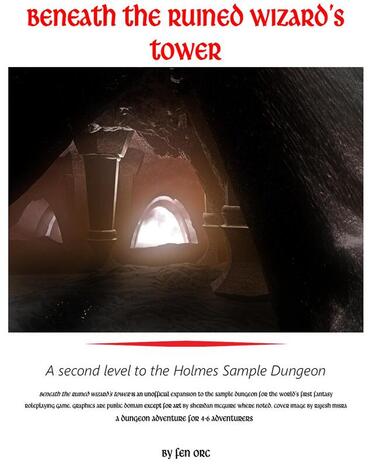
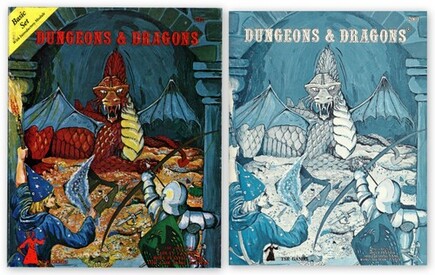
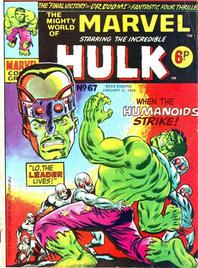
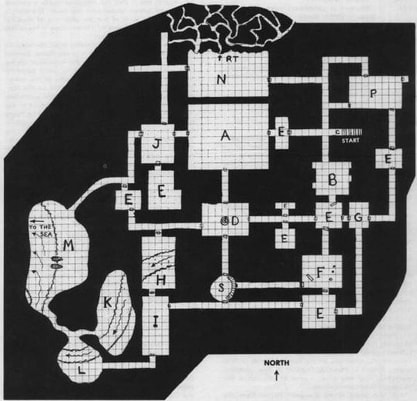

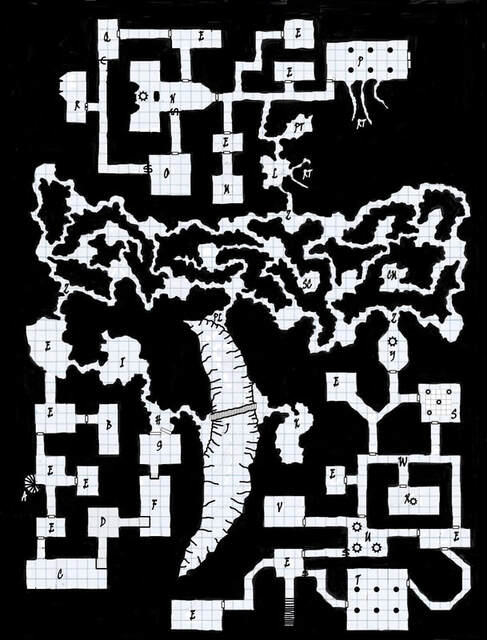
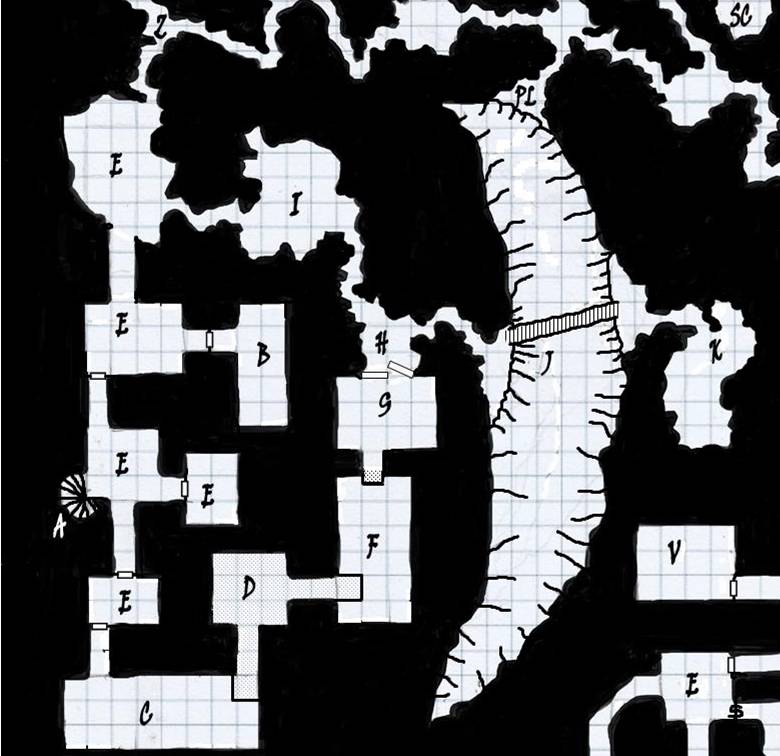
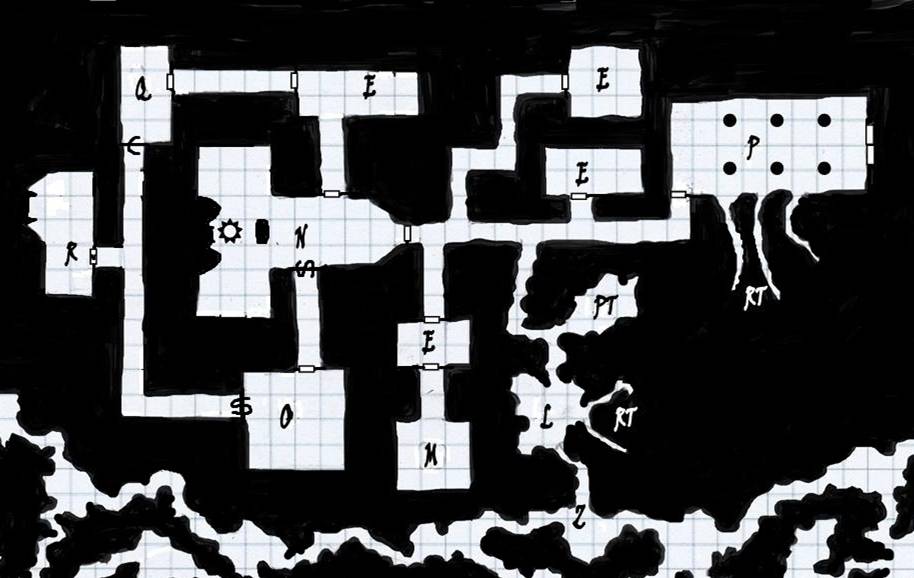
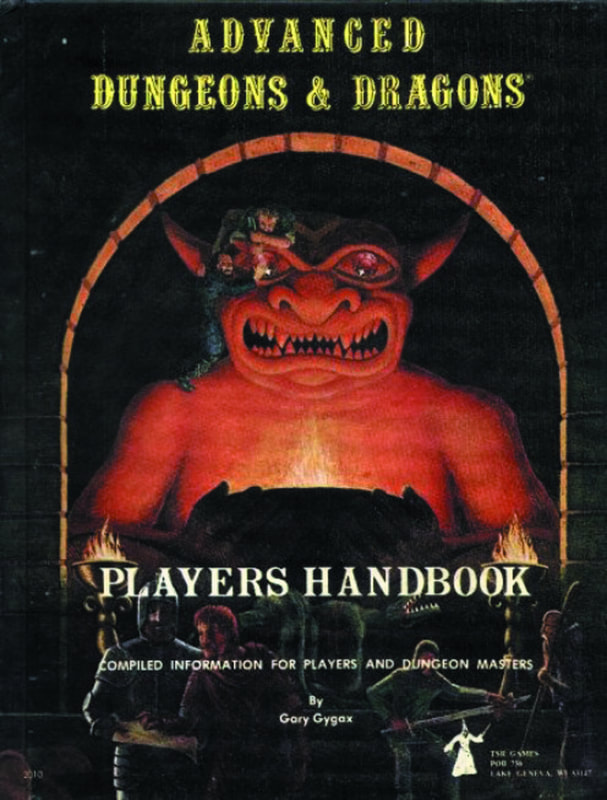

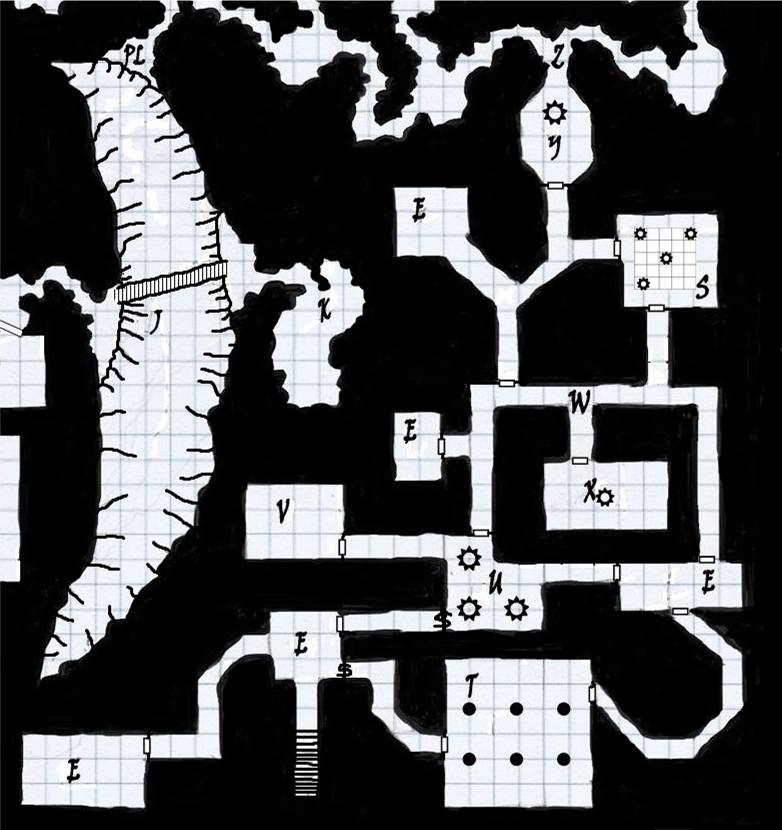
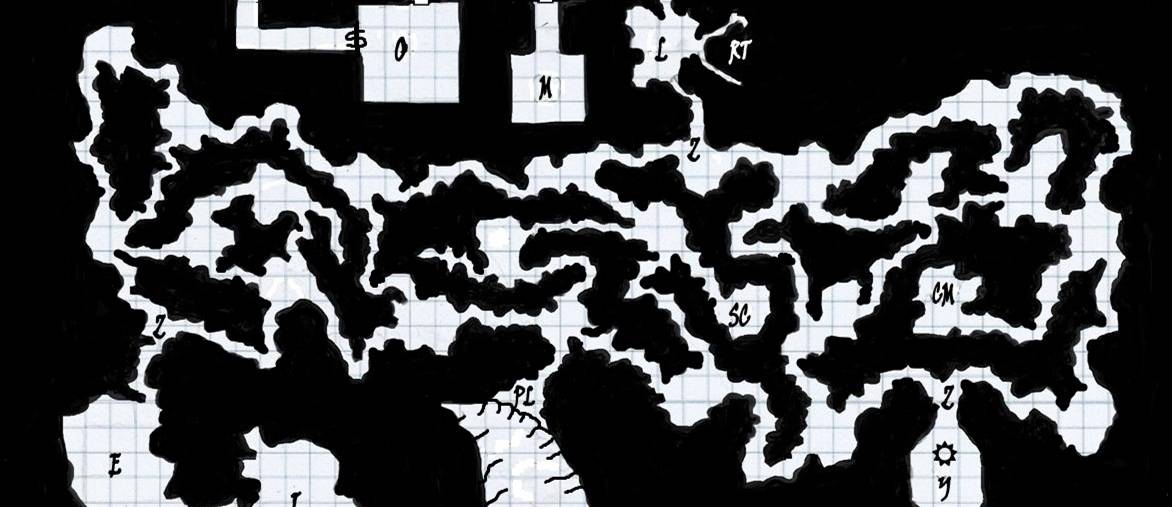
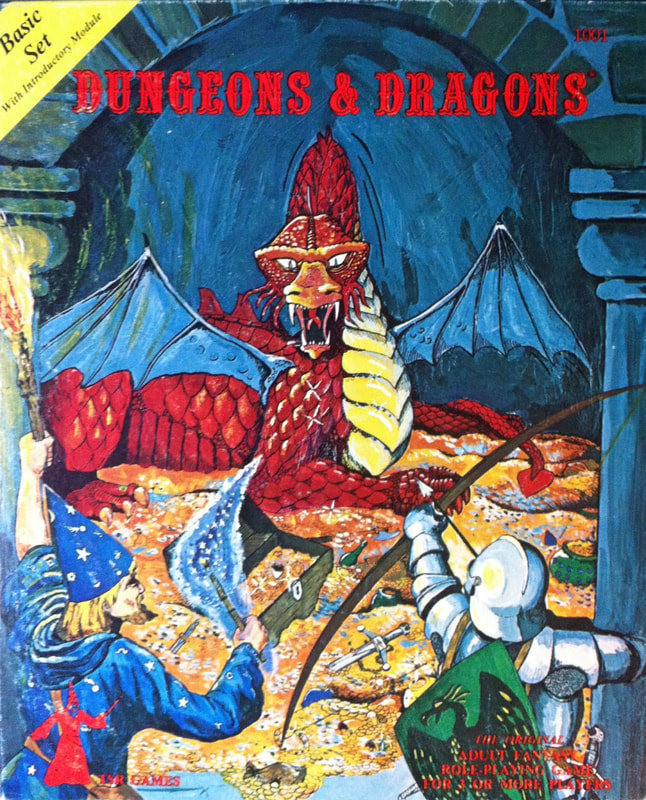

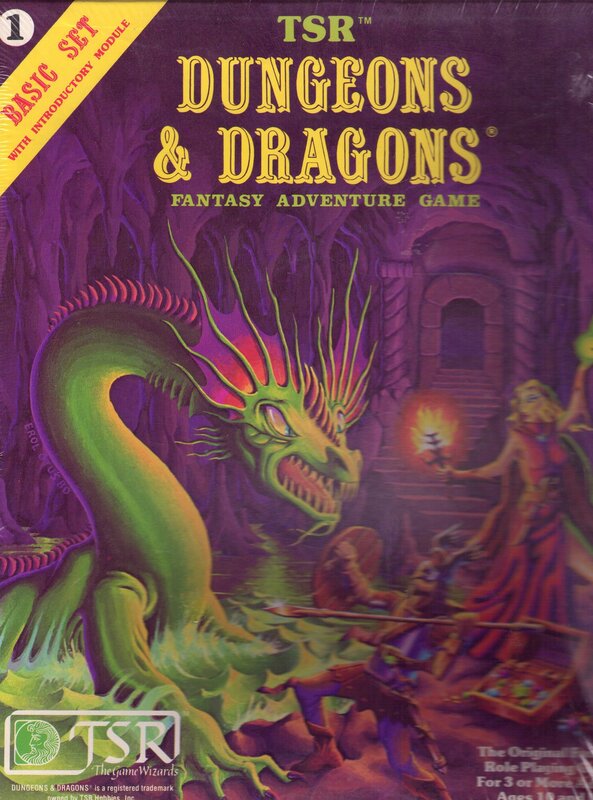
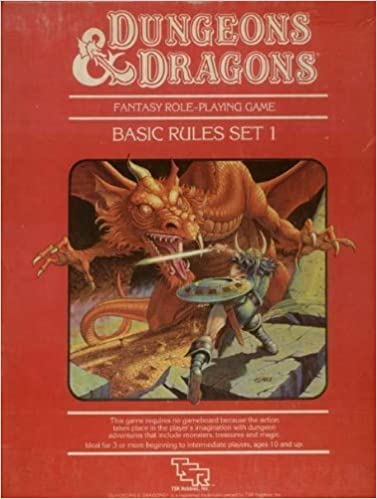
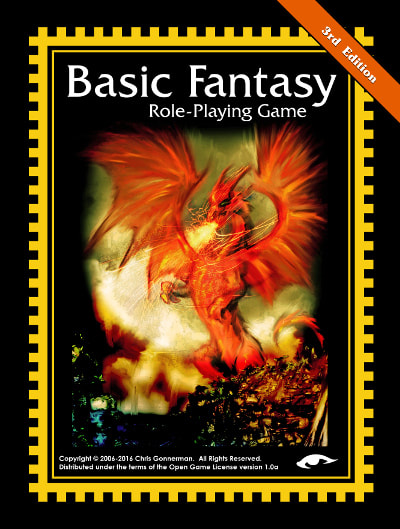
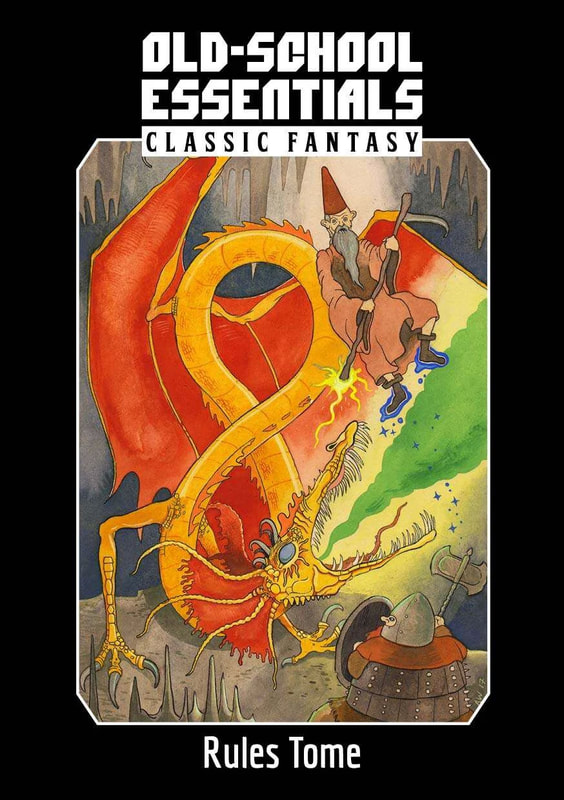
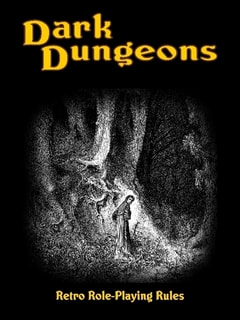

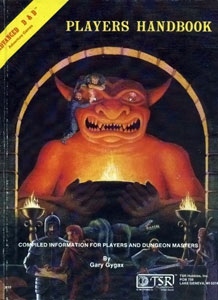
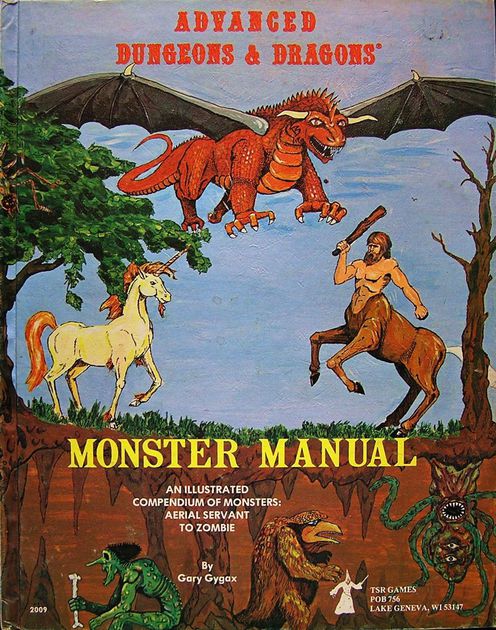
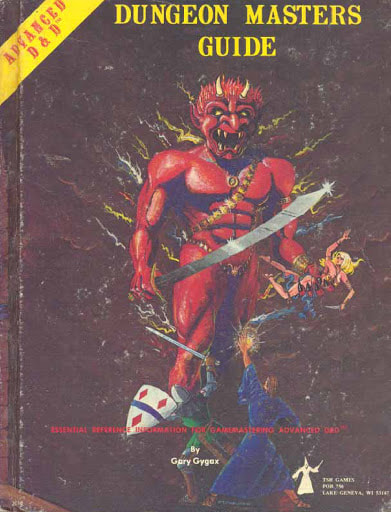
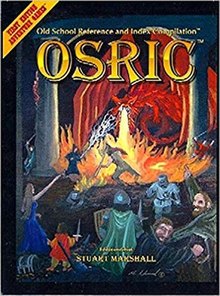
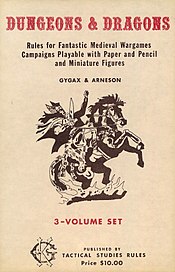
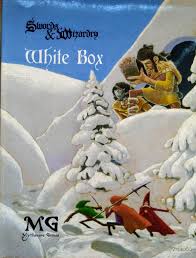
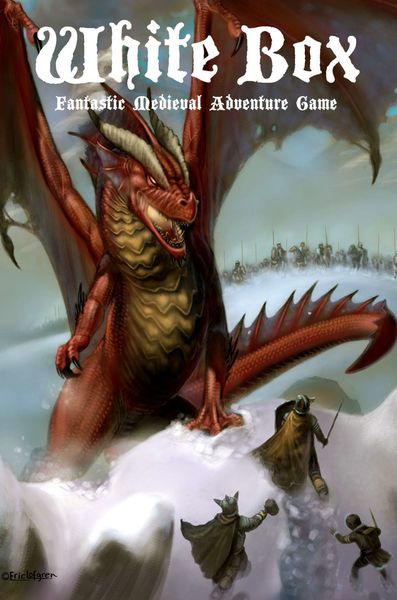
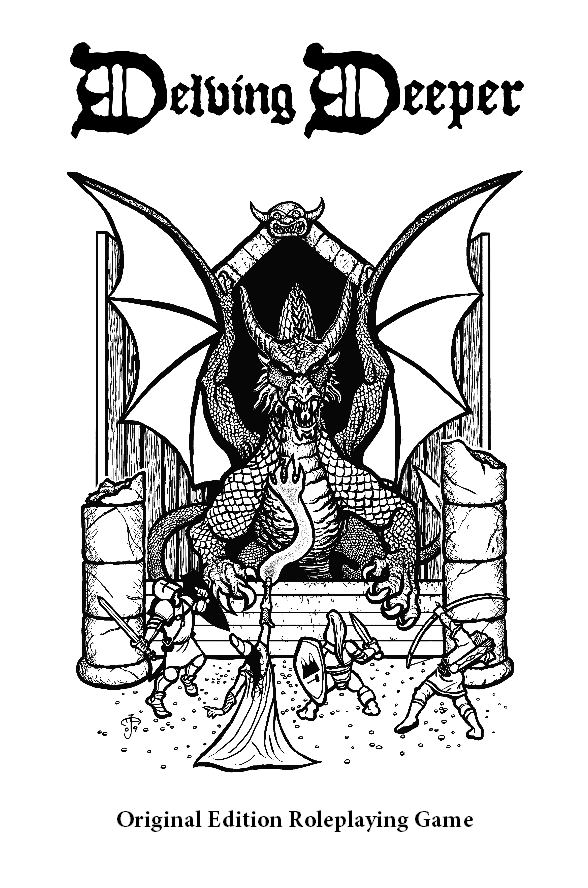

 RSS Feed
RSS Feed
